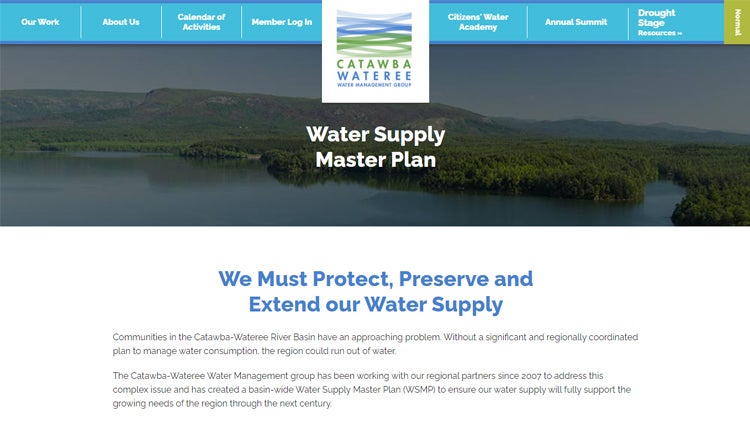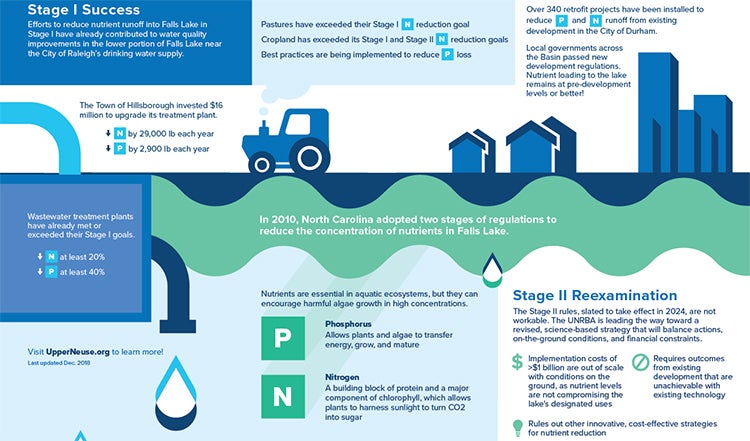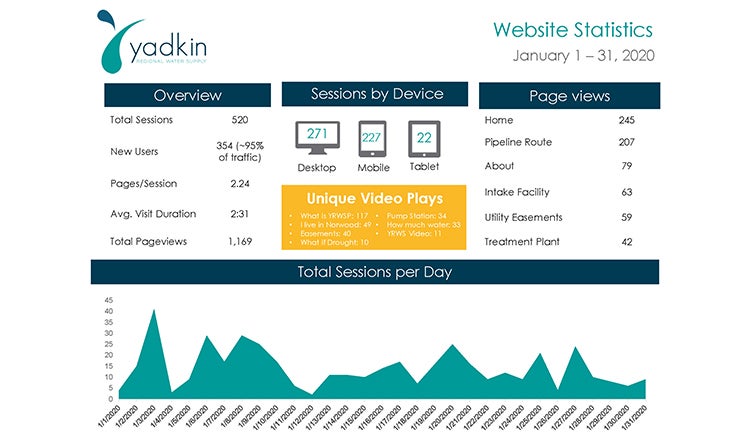
Three Easy Tips to Communicate About Water
Going Big By Starting Small in Water Communications
Talking about water can feel daunting. It runs off our landscapes, fills our cups, carries our waste and sustains our environments. It’s something we all share, but just as easily divides as unites. It’s technically complex, yet completely familiar. It’s more valuable than diamonds, but we strive to make it nearly free.
To put it briefly, water is deeply and overwhelmingly important, and that can make communicating about it a challenge.
Fortunately, utilities, governments, nonprofits and communities don’t need to have it all figured out to start. It’s easy to go big by starting small in water communications with a few simple ideas in mind.
1. Start With A Plan
A focused communication plan is the best roadmap to doing small well. Before you start any outreach campaign, understand your make-or-break audiences, the core takeaways they need from you and the essential information you need from them.
Example: The Catawba-Wateree Water Management Group — a voluntary association of 18 public water utilities and the region’s electric power provider — needed to create and adopt an actionable water master plan for a basin of 2 million people. Although members were eager to start their work with public education, a strategic look at their core needs helped them to prioritize scarce resources. To survive in the short term, they realized they needed to reach their jurisdictional decision-makers and their communities’ civic leaders. After three years of successfully building support, the group had the strong foundation — and the financial resources — to expand outreach efforts to water users across the basin.

2. All For One, And One For All
Focus your productive energy on multipurpose communication tools. The small start’s best friend is a product that speaks to multiple make-or-break audiences, adapts itself to use by you and by external champions of your cause, and flexes to online, print, and in-person platforms.
Example: The Upper Neuse River Basin Association found itself with limited resources but a lot to share about nutrient loading regulations in the 770-square-mile area that provides drinking water for the City of Raleigh, NC. One of the group’s first tools was a web- and print-friendly infographic. It tells the UNRBA’s story, introduces the problem at hand and motivates a call to action to solve it.

3. What Gets Measured, Gets Done (Better!)
Track your results and be ready to adapt. It can be easy to feel paralyzed when a misstep could put a large part of your limited budget on the line. Track how your communication tools are performing and commit to revisiting and revising them as the data tells you how to adapt.
Example: Union County, North Carolina, tracks monthly web visitation on its Yadkin Regional Water Supply website, yadkinwater.com. When a page or a video captures interest, the project team knows to put more out on the topic. When an essential issue isn’t getting the attention it deserves, the data points to the underserved priority.

We Water To Hear About Your Experiences!
How have you handled competing priorities in your communications? What barriers have you faced when needs and wants seemed to outstrip your budget? How did you go big by starting small? Share your experience by dropping a note to amy.shahar [at] hdrinc.com (Amy Shahar).

